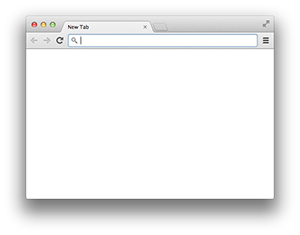RR haiku 115
thank you spoon
you make it so easy
to eat soup
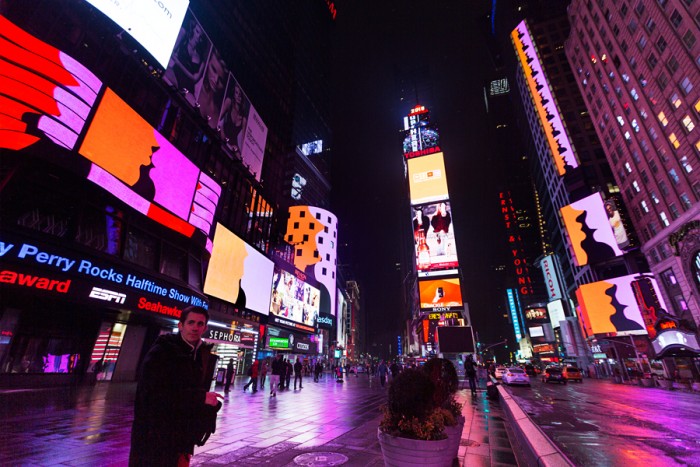
Much Better Than This .com is this month’s Midnight Moment on Times Square.
Each night in February, from 11:57 to midnight, the work will play simultaneously on 47 screens.
Big thanks to: Times Square Advertising Coalition (TSAC), Times Square Arts and Dutch Culture USA.
Photography by Ka-Man Tse for @TSqArts
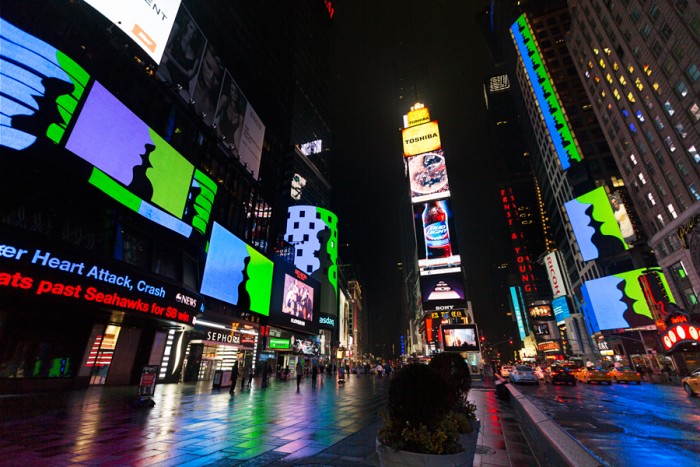
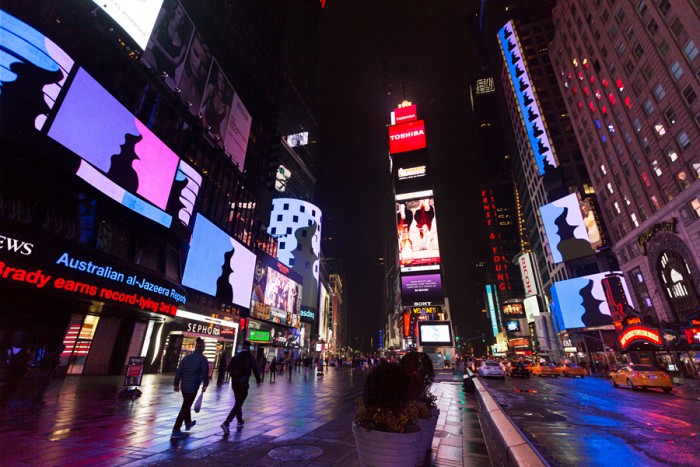
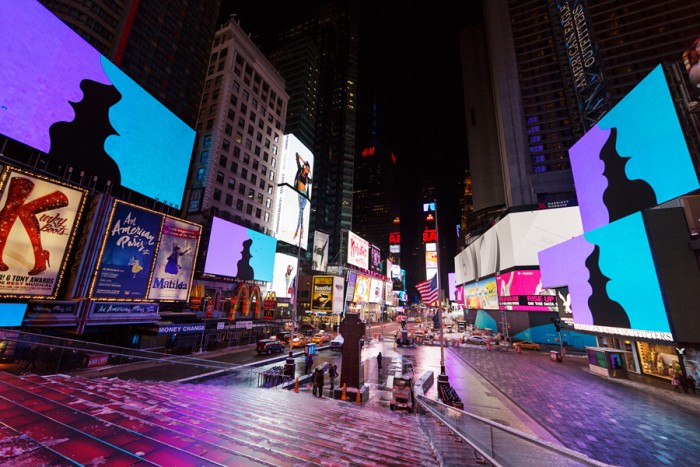
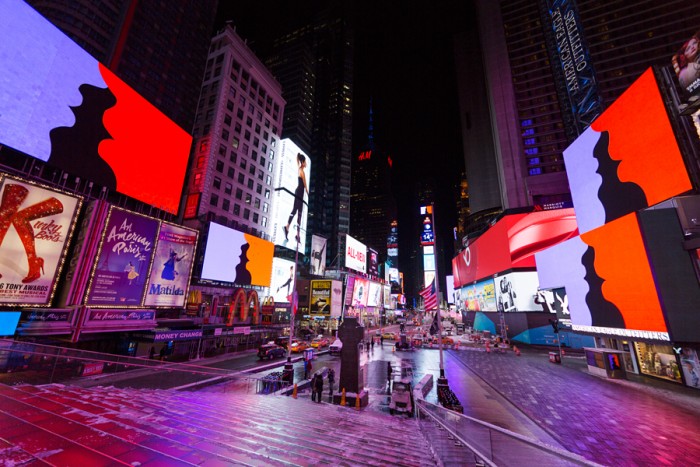
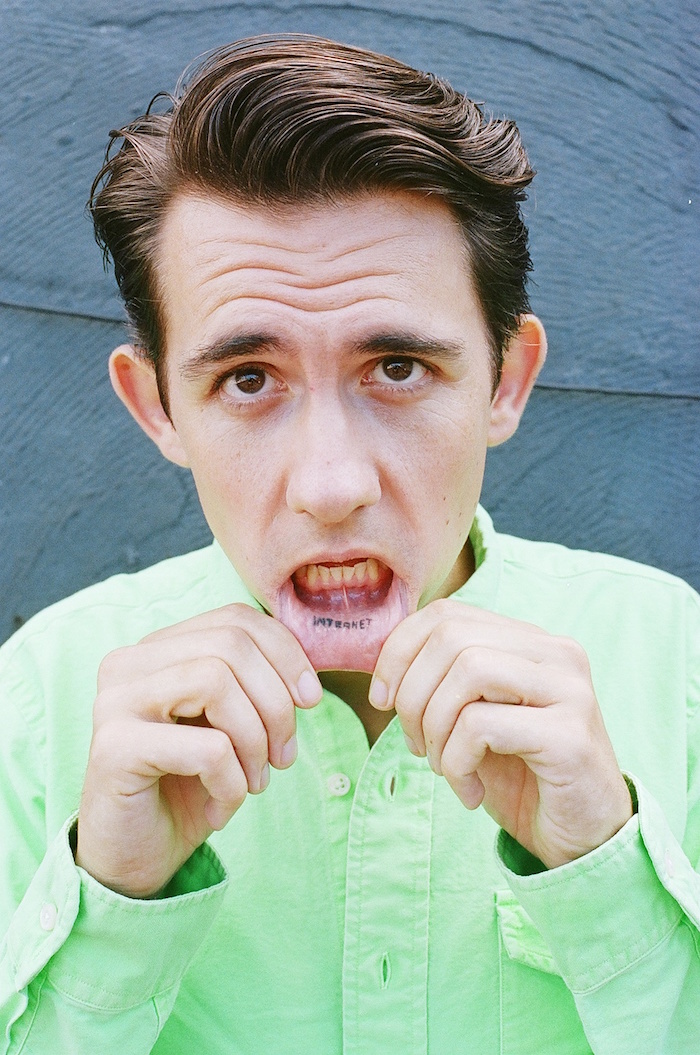
This is an archive of an article in Human Being Journal #5.
Text by Tag Christof, Photography by Clement Pascal.
In the early 1980s, Sherrie Levine gained notoriety for her groundbreaking exhibition After Walker Evans. She had photographed a number of the FSA master’s Great Depression-era photographs (notably all taken before she was born in 1947) and then hung and presented them, in all seriousness, as her original work. She had shot and developed the actual photos on display, so in a strictly ontological sense, the work was hers. But unlike earlier appropriation work, Levine made no attempt to disguise or alter the source. Instead, she made a game of subverting originality by calling it out in the exhibition’s title. The art world bristled. Was it still life? Was it original? Was it just shameless, lazy theft? And what did any of this mean for the value of a photograph as a piece of art?
Fast forward a few decades and art history has sided squarely with Levine. But the work of a new generation of digital artists is begging a similar set of questions around reproducibility, value and ownership. Rafae?l Rozendaal is among their foremost pioneers, having worked on the web prolifically since around the turn of the millennium. He trained as a conventional artist, but since 2001 has been buying up clever domain names on which to set up interactive artworks. The sites are singular — each contains one engaging scenario rendered in bright and proudly RGB palettes, and invites the user into a bit of unexpected usability. Among them are whitetrash.nl, pleasetouchme. com, hotdoom.com, beefchickenpork.com and several others.

Someone finds a trick to simplify a task. This person finishes the task faster and has more time to relax.
Once everyone starts using the same trick, there is no time to relax any more. You have to use the trick. What used to be normal is now slow.
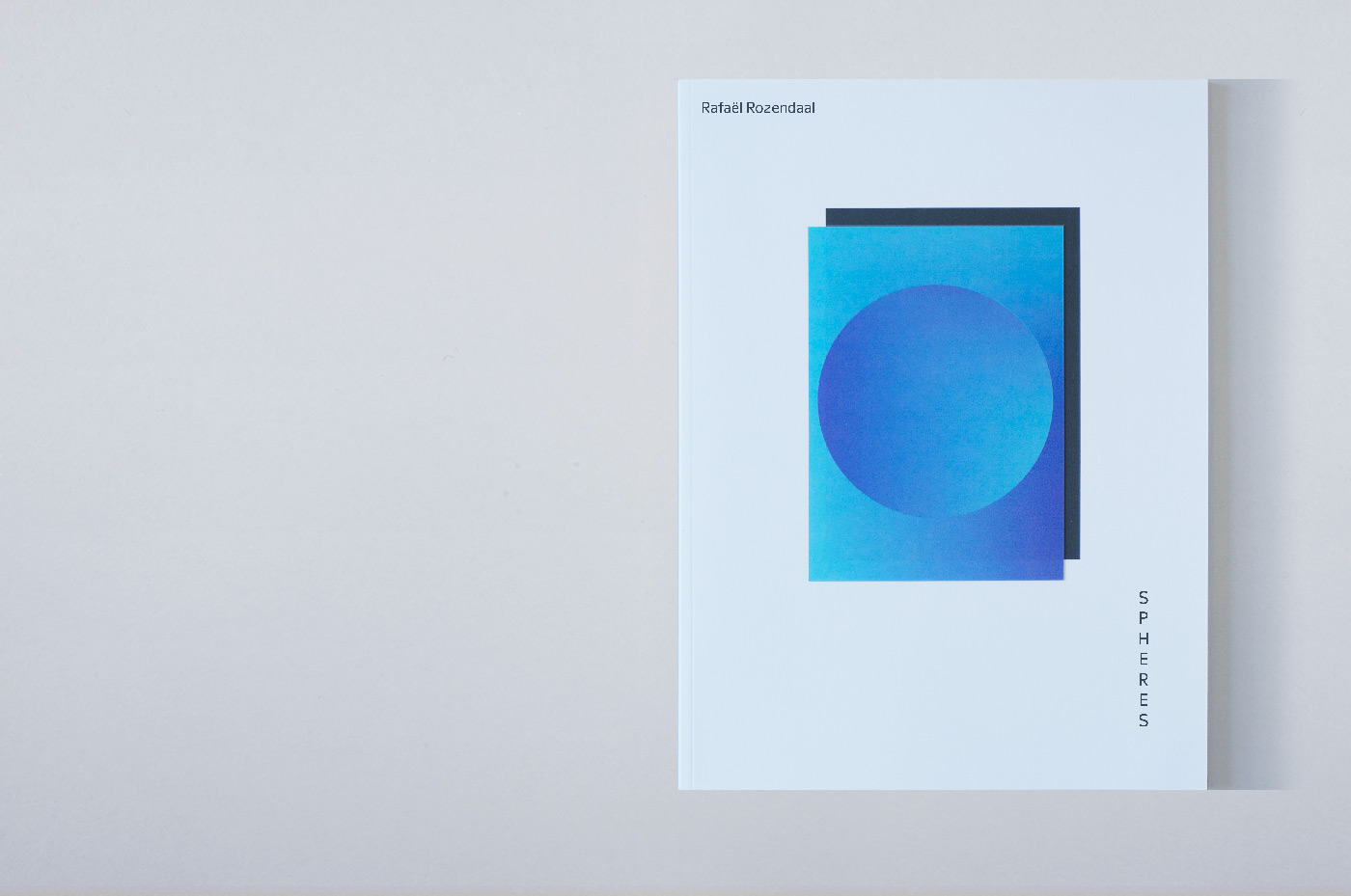
This is a selection of texts from my Spheres book, in collaboration with Philippe Karrer.
When we stare at the ocean, we can’t see that far because of the curvature of the earth. Clouds are not that far away either. Stars can be very far away, but a lot of stars don’t even exist any more by the time their light hits our eyes. The further something is, the longer it takes before you see it.
People always emphasize it’s good to grow and innovate, but it’s also good to repeat and refine.
In the future, people will not carry around devices to access the internet. Instead, with a pocket knife, they will cut a rectangle out of thin air, right in front of them, and there the internet will be. Unfortunately, many people will leave pieces of sky on the floor which might be dangerous. (More…)
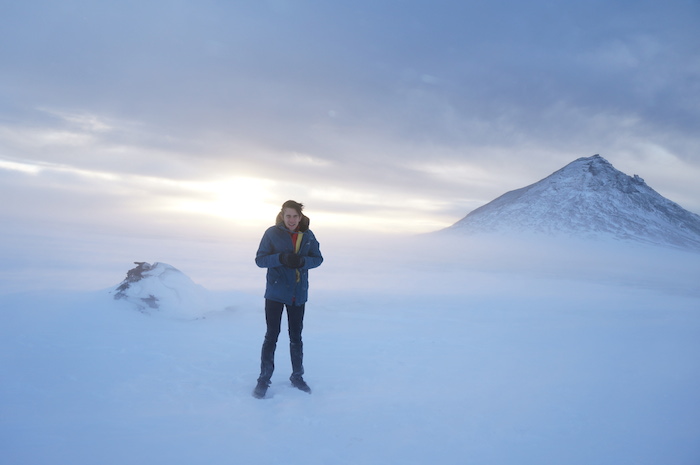
I cannot explain why, but one of my favorite activities in the world is throwing stuff away. After graduating, I started moving to different countries, so I had to. I could only take so much with me. Possessions restrict movement. I don’t need much.
I love the idea of empty spaces. I love visualizing an empty home with big windows in an empty landscape. I imagine windows opened on either side of the house, the wind blowing from miles away entering the house and leaving quickly, hardly obstructed.
Emptiness is very elegant. It is luxurious.
The reality is that I am never in an empty house in an empty landscape. I am always in very crowded places. I live in Chinatown New York which is dense with tourists and garbage. I travel in crowded airplanes and eat while my elbows touch the passenger next to me. I sleep in hotels packed with people and their luggage. I swim at crowded beaches and walk through crowded museums and sit in crowded subways.
Emptiness seems beautiful yet I hardly ever go there. I hardly make an effort. I could take a bus to the countryside and sit in an empty field for a few hours. I could but I don’t.
I like the idea of emptiness more than the reality of it.
it’s fun
it’s new
it’s light
it’s open
it’s cheap
it’s free
it’s everything
it’s always
it’s everywhere
no history
no stress
no boss
no budget
no deadlines
no hassle
